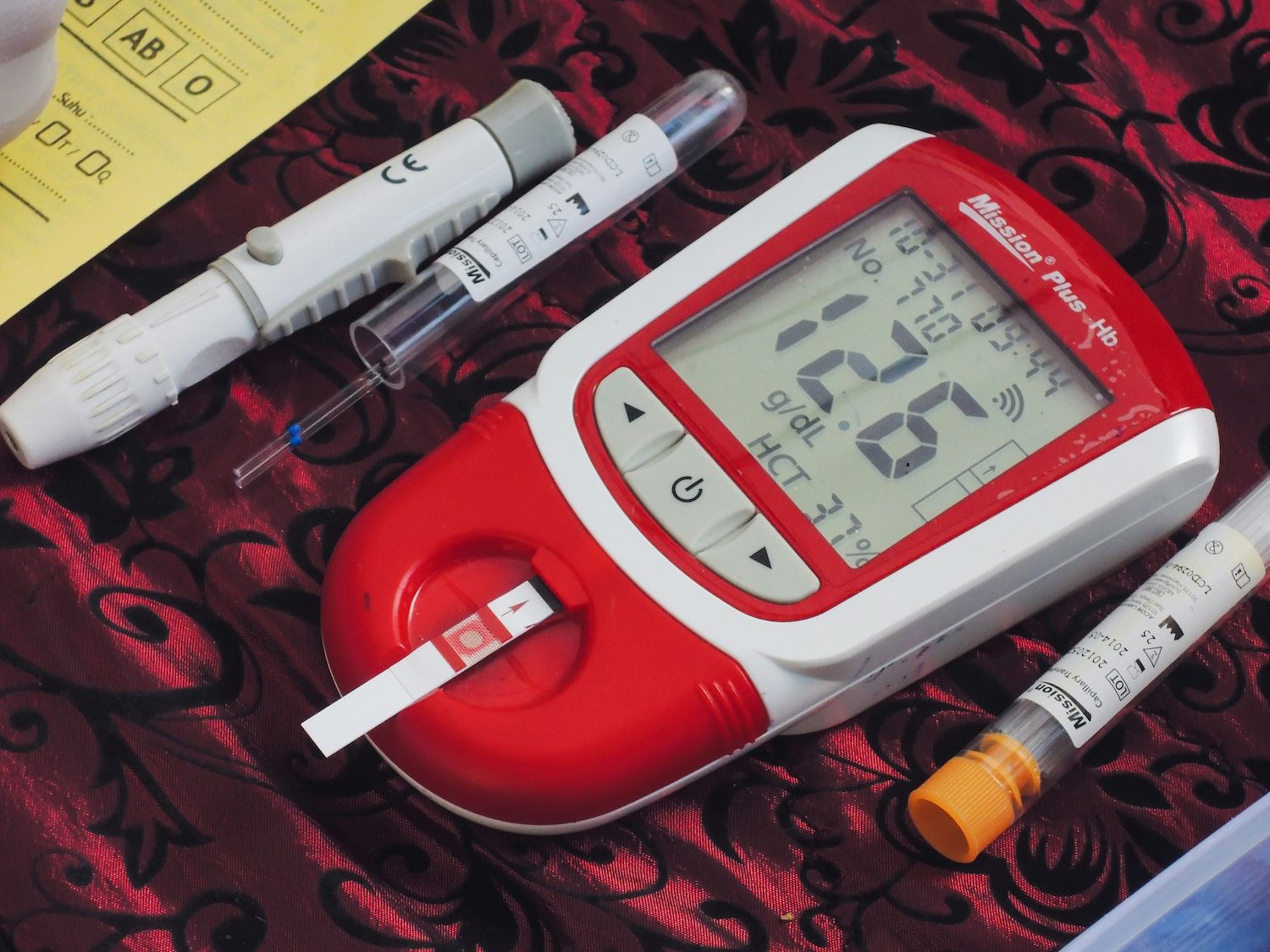The Facts
Iron deficiency is one of the most common nutritional deficiencies worldwide, affecting around one billion people. Despite its prevalence, many individuals remain unaware of the risks and symptoms associated with low iron levels. Iron is crucial for producing haemoglobin, a protein in red blood cells that carries oxygen throughout the body. Without sufficient iron, your body can't produce enough healthy red blood cells, leading to conditions like anaemia.

Who Is at Risk?
Certain groups are more prone to iron deficiency, including:
- Women of childbearing age: due to menstruation, women often lose more iron and may need to replenish it through diet or supplements.
- Pregnant women: pregnancy increases the body's need for iron, as it's essential for both the mother and the developing baby.
- Infants and young children: rapid growth periods require more iron, and a deficiency can lead to delays in development.
- Vegetarians and vegans: Since plant-based diets contain non-heme iron, which is less easily absorbed by the body, those avoiding meat might not get enough iron from their diet alone.
- People with chronic conditions: conditions like gastrointestinal disorders, chronic kidney disease, or certain cancers can affect iron absorption or lead to chronic blood loss, increasing the risk of deficiency.
Recognising the Symptoms
Iron deficiency can manifest in various ways, often starting subtly before becoming more noticeable. Key symptoms include:
- Fatigue and weakness: low energy levels are one of the earliest signs, as your body struggles to get enough oxygen.
- Pale skin: a lack of red blood cells can make your skin appear paler than usual.
- Shortness of Breath: Without enough oxygen, you may feel breathless even after mild exertion.
- Dizziness or lightheadedness: insufficient iron can lead to less oxygen reaching the brain, causing dizziness.
- Cold hands and feet: poor circulation due to low haemoglobin levels can make the extremities feel cold.
- Brittle nails: changes in nail texture, including brittle or spoon-shaped nails, can be a sign of iron deficiency.

Monitoring and Managing Iron Levels
If you suspect you might be at risk of iron deficiency, at-home iron deficiency test kits can be a convenient first step in monitoring your iron levels. The Newfoundland Iron Deficiency Self-test kit allows you to check your iron status from the comfort of your home, providing valuable insights that can prompt further medical consultation if needed.
To manage iron levels, dietary changes are often the first line of defence. Incorporating iron-rich foods like red meat, poultry, fish, lentils, beans, and fortified cereals into your diet can help. For those who struggle to get enough iron from food alone, iron supplements may be recommended by a healthcare professional.
In a Nutshell
Iron deficiency is a common but manageable condition. By understanding the risks, recognising the symptoms, and taking proactive steps to monitor and improve your iron levels, you can protect your health and well-being. If you're concerned about your iron status, consider using an at-home test kit to stay informed and take charge of your health.